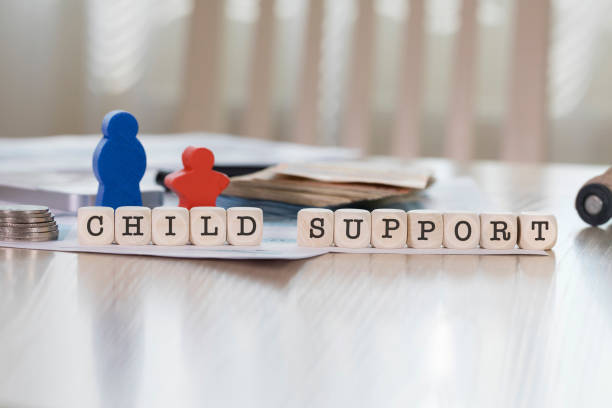The issue of paternity can sometimes present problems for a party who is seeking child support from someone who is claiming not to be the father of the child. While the court does not have the power to order paternity testing simply to satisfy doubts of a parent, the court may order such testing where the parentage of a child has been at issue in proceedings. There must be some evidence that places the issue of paternity in question before the court will order testing.
If paternity is disputed in your case, you may make an application directly to the court seeking a declaration. If the parties have not agreed to parentage testing, the court will order the parties to do so in order to resolve the issue and make a declaration.
Once paternity has been determined, either through parentage testing or by the court’s determination, the court may make a declaration of parentage that is considered conclusive and binding for all future hearings. Additionally, upon establishing parentage, a party may seek child support through the regular process.
Impact on Child Support

Paternity tends to be at issue in child support disputes more than any other area in family law. The reason for this is that the Family Law Act provides that only a “parent” may be liable to pay child support. It may come as a surprise, but determining if someone is a “parent” by definition is often difficult. Recent cases have addressed the complexity of determining parentage in same-sex couples, as well as couples who use artificial conception.
Unfortunately, because only a parent is liable for child support, it is not uncommon for an alleged father to dispute paternity in hopes of avoiding this liability. The Family Law Act has provided a list of circumstances in which paternity can be assumed, however, the challenging party may still dispute the assumption.
Paternity is to be assumed by the Child Support Agency where the birth certificate names the father if the child was born during a marriage, the person’s name is found in a register of births, a court has found that the person is the parent, the person has executed an instrument acknowledging parentage, or the child has been adopted by the person.
Who can be ordered to undergo testing?
Anyone who is at least eighteen years old may be asked to undergo parentage testing, regardless of whether they are a party to the proceedings. The court is granted broad discretion in this area and may order anyone whom it believes could aid in determining the parentage of the child to undergo testing.
Should the party asked to take a paternity test to be less than eighteen years old, his parent or guardian will have to provide consent. If the parent or guardian fails to provide consent, this action alone could have an impact on the case. In a situation where the parent or guardian refuses to consent to the testing, the court is permitted to draw conclusions as it sees fit. Refusal, however, is not automatic grounds for the court to conclude paternity; the court is still required to consider the circumstances for the refusal, such as religious or cultural reasons.
Methods of Testing
There are several ways to test parentage. Provisions in the Family Law Act discuss in detail the procedures to be followed in prescribing a parentage test; the methods range from blood group testing to genetic fingerprinting. The court is given discretion with regard to this testing and may impose any terms or conditions it sees fit, including requiring a person to submit to a medical procedure, provide a bodily sample, or disclose a medical or family history.
DNA testing formerly required a blood sample, however now the kit can be completed by using a swab from the inside of the cheek. DNA testing is both painless and accurate, typically showing a probability of parentage of at least 95%.
An accredited laboratory must carry out the test, and a list of those laboratories can be found at www.nata.asn.au.
Non-Paternity: Recovering Child Support
The Family Law Act permits the court to make just and equitable orders if child support applications have been paid by a person declared not to be the father. The court will consider a myriad of factors, including whether either party knew or should have known that the payer was not the parent, the relationship between the payer and the child, and the financial circumstances of both the payee and payer among other factors.













